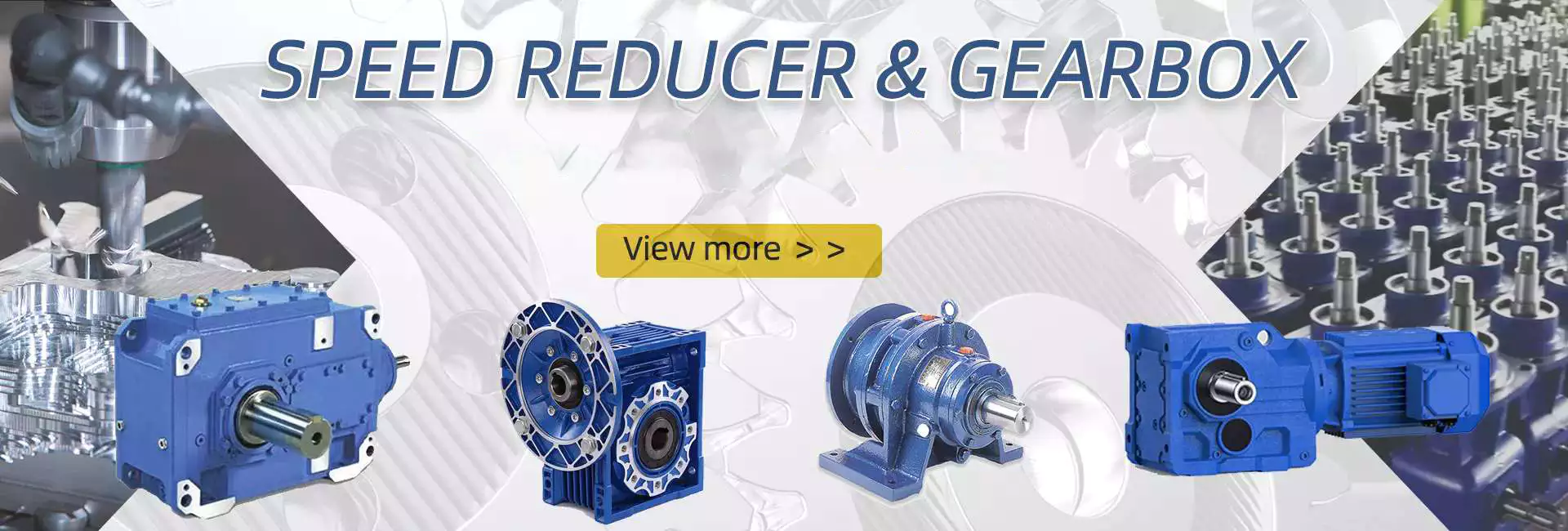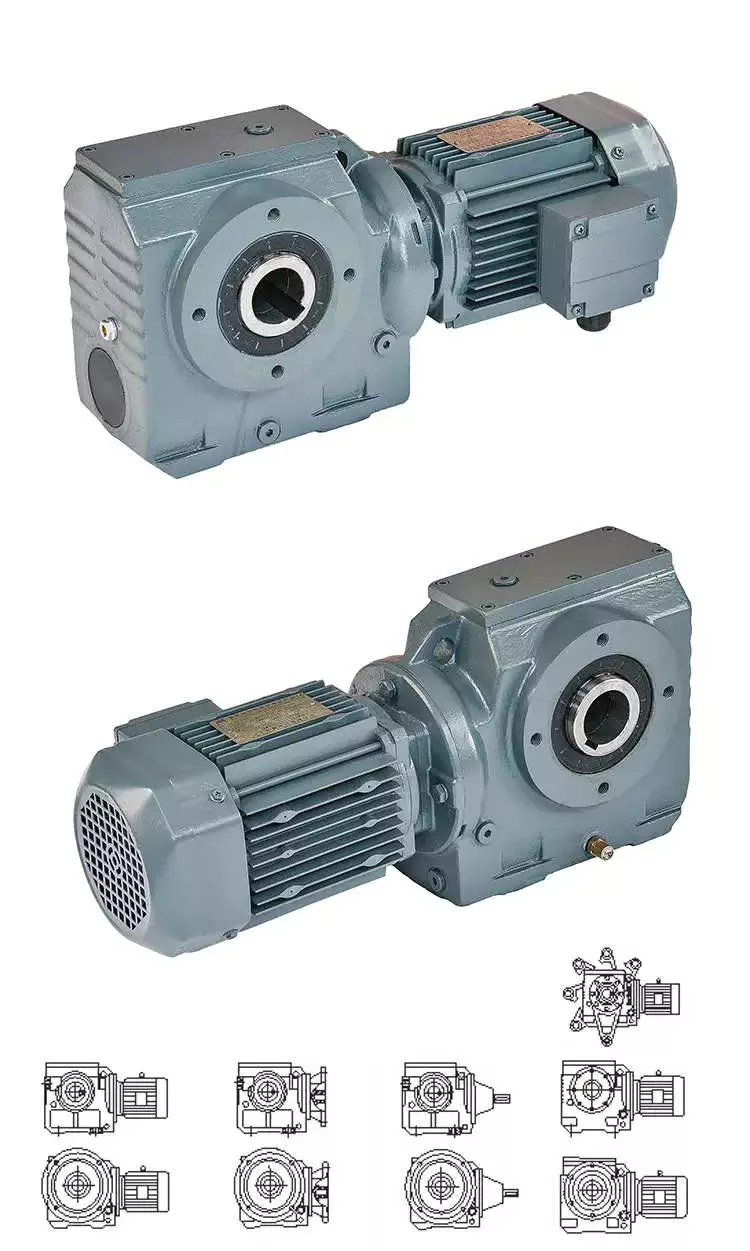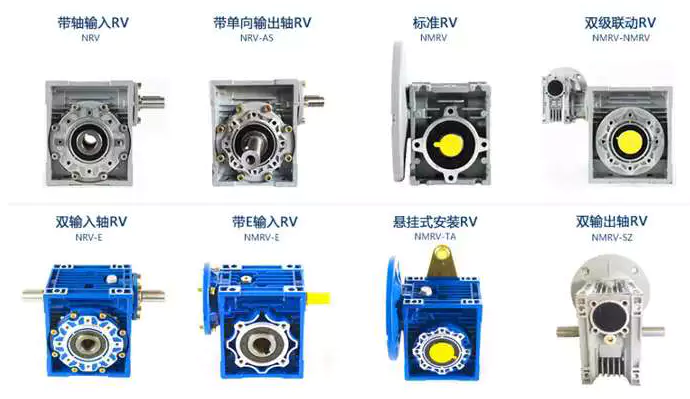Warranty: 1 12 months, 1 Year
Applicable Industries: Accommodations, Garment Shops, Building Substance Outlets, Manufacturing Plant, Equipment Fix Outlets, Restaurant, Power & Mining, Other, Reducer
Fat (KG): one hundred KG
Customized assistance: OEM, ODM, OBM, OEM, ODM, OBM
Gearing Arrangement: Worm
Output Torque: ninety ~ 3000 Nm
Input Speed: 1450 RPM
Output Velocity: .2 ~ one hundred twenty RPM
Variety: Reducer
Packaging Specifics: Wood scenario
Port: ZheJiang
Product Information [email protected] Display DESCRIPTION Manufacturing facility Screening Tools Roughness Tester Metallography Microscope Micro vickers Contourograph Coordinate Measuring Machine Peak Guage Firm Details ZheJiang CZPT Driving Tools Technology Co., Ltd. ZheJiang CZPT Driving Tools Technology Co., Ltd. is a expert R&D and maker of couplings, cardan shafts and gearboxes with a registered cash of 36.88 million. The business addresses an spot of 55 acres, with a production workshop of 12,000 square meters and 108 manufacturing gear. With strong energy, innovative technological process and more than 20 several years of producing expertise, the firm has passed ISO9001 quality management program certification. It was recognized as a high-tech enterprise by ZheJiang Province Industry and Data Engineering. It is a member device of transmission connecting components of China Equipment Common Components Industry Association, and has 8 utility model patent certificates. The company’s foremost merchandise largely include elastic couplings, rigid couplings and other dozens of sequence of couplings with 1000’s of requirements, which are commonly employed in metallurgy, mining, cement, paper, electrical electricity, chemical industry, wind power, petroleum, port machinery, and many others. industry. It has provided strong technological and products support for the import and localization of couplings of a lot of domestic metal mills, and has won unanimous praise from the greater part of consumers. Get in touch with us[email protected] COOPERATIVE Customers OUR Certification FAQ 1: Are you a investing organization or a company ?We are a specialist producer of couplings and common joints.2:Why select CZPT Driving Equipment Engineering?As a expert manufacturer of coupling and common joints, we have a skillful team of workers and designers To provide our buyers with initial-class services.3: Can You Strictly Follow The Tolerance on The Drawing And Meet up with The Higher Precision?Of course, we can, we can supply large precision components and make the areas as your drawing.5:How to deal with the components obtained when they are discovered to be in poor high quality?A: In circumstance of non- conformance, you should get in touch with us immediately, we will check out the difficulties and have them reworked or repaired at the first time. If none of these operates, we support a refund.six: Can I get a Reducer motor sample?A : Of Course . We source cost-free samples for you check out top quality.
Advantages and disadvantages of worm gear reducer
If you are looking for a worm gear reducer, you have come to the right place. This article will cover the pros and cons of worm gear reducers and discuss the different types available. You will learn about multi-head worm gear reducers, hollow shaft worm gear reducers as well as hypoid gear sets and motors.
Hollow shaft worm gear reducer
Hollow shaft worm gear reducers are used to connect two or more rotating parts. They are available in single-axis and dual-axis versions and can be connected to various motor types. They can also have different ratios. The ratios of these gear reducers depend on the quality of the bearings and assembly process.
Hollow shaft worm gear reducers are made of bronze worm gears and cast iron hubs. The gears are lubricated with synthetic oil. They are lightweight and durable. They can be installed in various engine housings. Additionally, these gear reducers are available in a variety of sizes. The range includes 31.5, 40, 50, 63, and 75mm models. Other sizes are available upon request.
In addition to worm gear reducers, there are also helical gear reducers. These reducers can achieve very low output speeds. They are also suitable for all-around installations. In addition, the advantage of a multi-stage reducer is that it is more efficient than a single-stage gear reducer. They also feature low noise, low vibration, and low energy consumption.
Hollow shaft worm gear reducers are generally less expensive and last longer. They are also a suitable replacement for solid shaft gearboxes for machines that require high torque without compromising strength. Typical gear arrangements include worm, spur, helical and bevel gears. Gear ratio is the ratio of input torque to output torque.
Multi-head worm gear reducer
The multi-head worm gear reducer is used to reduce the speed of the machine. It uses friction to hold the worm in place while transmitting power. These gears can also be called ground worms and hardened worm gears. They are useful in conveying systems and most engineering applications.
Multiple worm reducers have a large number of gear ratios. These gear designs have a central cross-section that forms the front and rear boundaries of the worm gear. This design is a better choice than other worm gears because it is less prone to wear and can be used with a variety of motors and other electronics.
Adjustable multi-head worm gear reducer to reduce axial play. Usually, the backlash on the left and right sides of the worm is the same. However, if you need less backlash, you can buy a double lead worm gear. This design is ideal for precision applications requiring small clearances. The lead of the opposing teeth of the double worm gear is different from the right side, so the backlash can be adjusted without adjusting the center distance between the worm gears.
Worm gear reducers are available from a variety of manufacturers. Many gear manufacturers stock these gears. Since the gear ratios are standardized, there is no need to adjust the height, diameter, or length of the shaft. Worm gears have fewer moving parts, which means they require less maintenance.
Hypoid Gear Set
Worm gears are the most common type of gear. While these gears are great for high-to-low ratios, hypoid gear sets are much more efficient in all ratios. This difference is due to higher torque density, better geometry and materials, and the way hypoid gears transmit force differently than worm gears.
Hypoid gear sets have curved helical teeth. This results in smooth gear meshing and little noise. This is because the hypoid gears start to slowly contact each other, but the contact progresses smoothly from tooth to tooth. This reduces friction and wears, thereby increasing the efficiency of the machine.
The main advantages of hypoid gears over worm gears are higher torque capacity and lower noise levels. Although their upfront cost may be higher, hypoid gears are more efficient than worm gears. They are able to handle higher initial inertia loads and can deliver more torque with a smaller motor. This saves money in the long run.
Another advantage of hypoid gears is the lower operating temperature. They also do not require oil lubrication or ventilation holes, reducing maintenance requirements. The hypoid gear set is maintenance-free, and the grease on the hypoid gear set lasts for decades.
Hypoid gear motor
A hypoid gear motor is a good choice for a worm gear reducer as it allows for a smaller motor and more efficient energy transfer. In fact, a 1 hp motor driving a hypoid reducer can provide the same output as a 1/2 hp motor driving a worm reducer. A study by Nissei compared two gear reduction methods and determined that a hypoid gear motor produces more torque and power than a worm reducer when using a fixed reduction ratio of 60:1. The study also showed that the 1/2 HP hypoid gear motor is more energy efficient and reduces electricity bills.
Worm reducers run hotter than hypoid gears, and the added heat can shorten their lifespan. This can cause components to wear out faster, and the motor may require more frequent oil changes. In addition, hypoid gear motors are more expensive to manufacture.
Compared to worm gears, hypoid gears offer higher efficiency and lower operating noise. However, they require additional processing techniques. They are made of bronze, a softer metal capable of absorbing heavy shock loads. Worm drives require work hardening and are less durable. Operating noise is reduced by up to 30%, and hypoid gears are less prone to breakage than bevel gears.
Hypoid gear motors are prized for their efficiency and are used in applications requiring lower torque. A unique hypoid tooth profile reduces friction. In addition, hypoid gear motors are ideal for applications where space is limited. These geared motors are often used with pulleys and levers.
R series worm gear reducer
R series worm gear reducers have a variety of characteristics that make them ideal for different applications. Its high rigidity cast iron housing and rigid side gears are designed for smooth drive and low noise. It also features high load capacity and long service life. Additionally, it can be assembled into many different configurations as required.
High efficiency, large output torque and good use efficiency. It comes in four basic models ranging from 0.12KW to 200KW. It can be matched with right angle bevel gearbox to provide large speed ratio and high torque. This combination is also suitable for low output and high torque.
AGKNX Electric Worm Gear Reducer
AGKNX Electric worm gear reducers are available with NEMA C-face mounting flanges for a variety of motors. These reducers feature double lip oil seals, an aluminum alloy housing, and two bearings on the input and output shafts. These reducers are rust-proof and have epoxy paint on the inside. They are available in a variety of ratios, from 7.5:1 to 100:1.
Worm reducers are one of the most cost-effective and compact gears. These reducers increase output torque while reducing input speed. AGKNX Electric’s worm gear reducers are pre-installed with Mobil SHC634 Synthetic Gear Oil. These reducers have an internal oil gallery guide to protect the shaft. They also have a one-piece cast iron housing.
AGKNX Electric Corporation is the leading independent distributor of electric motors in the United States. They have eight strategically located warehouses, enabling them to ship most orders on the same day. They offer motors of various sizes up to 20,000 hp. They also offer a variety of motor controls and variable speed drives.











